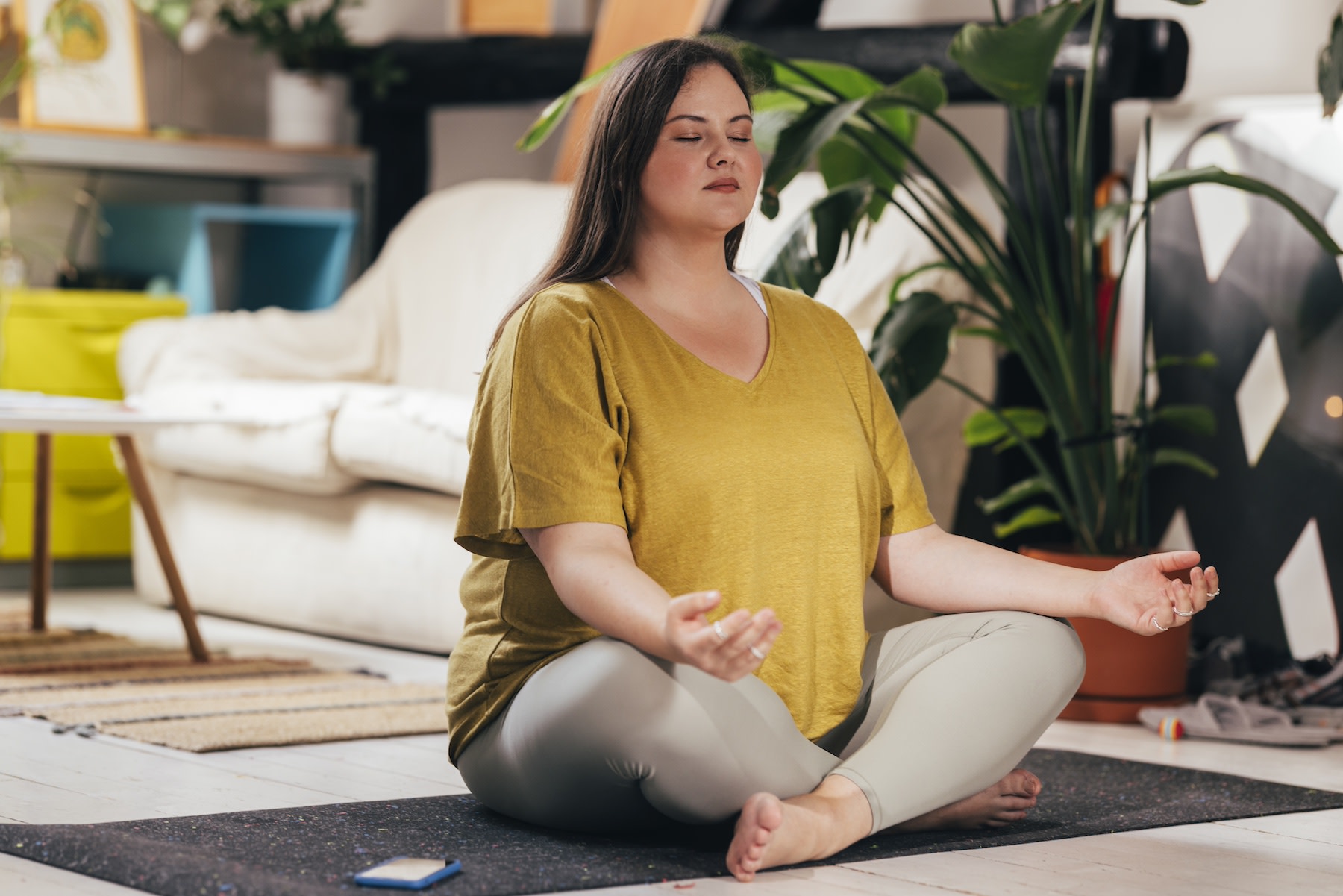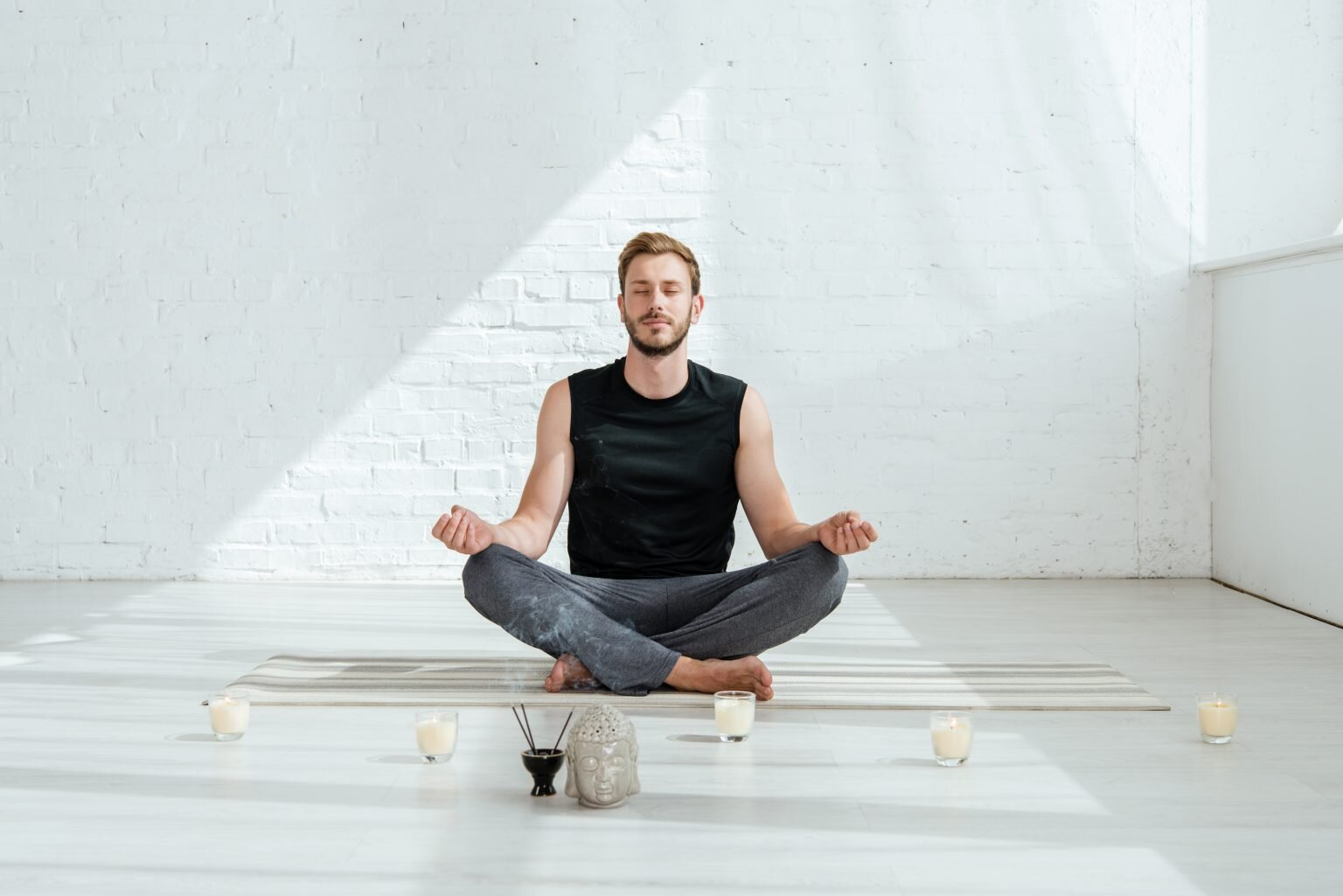How to Meditate? Vital Tips for Busy People
How to Meditate? Vital Tips for Busy People
Blog Article
Exactly How to Meditate: A Detailed Method to Getting Mindfulness and Calmness
Meditation works as a powerful tool for attaining mindfulness and emotional calm in a hectic world. By recognizing the essential principles and strategies associated with meditation, people can grow a technique that enhances their overall well-being. This discussion will certainly lay out vital actions, from producing a helpful atmosphere to integrating reflection right into daily regimens. As we check out these elements, it becomes clear that the trip to mindfulness is not just concerning the act of being in silence, but instead concerning cultivating a much deeper link with oneself and the globe around us. What might this makeover involve?
Understanding Meditation
Understanding reflection involves understanding its essential concepts and methods, which act as the foundation for the practice. At its core, meditation is a psychological exercise targeted at promoting leisure, building inner energy, and developing compassion and understanding. The method encourages people to focus their interest, commonly via strategies such as deep breathing, visualization, or concept repetition.
Meditation can be categorized into different designs, consisting of mindfulness, transcendental, and loving-kindness meditation, each with distinctive purposes and approaches. Mindfulness reflection emphasizes present-moment recognition and non-judgmental monitoring of feelings and ideas, while transcendental reflection includes making use of details concepts to transcend normal thought procedures. Loving-kindness meditation concentrates on establishing an attitude of love and empathy towards oneself and others.
Despite the strategy utilized, the main goal remains consistent: to cultivate a much deeper understanding of the mind and its patterns. This self-awareness promotes psychological strength, clarity of thought, and a profound sense of tranquility (How to meditate?). By comprehending these methods and concepts, individuals lay the foundation for a successful reflection technique that can substantially improve their overall wellness
Preparing for Your Method
Prior to beginning your meditation method, it is crucial to create an environment favorable to focus and relaxation. Make sure that the area is totally free and clean of mess, as a tidy environment can assist get rid of the mind.
Consider the illumination, as natural light can enhance your state of mind and power. Soft, warm illumination is typically much more calming than harsh fluorescent lights. Additionally, pick a comfy temperature, making sure that you are neither also hot neither as well chilly.
Integrating aspects that promote tranquility can further boost your experience. This may consist of soft pillows or blankets for comfort, along with calming aromas from important oils or scent. It can additionally be valuable to have actually a timer set for your reflection session to stop interruptions from clock-watching.
Basic Meditation Strategies

Another reliable strategy is body scan meditation. This entails psychologically checking your body from head to toe, discovering any kind of areas of stress or pain and knowingly kicking back those muscles. This method cultivates a deeper link in between your body and mind.
:max_bytes(150000):strip_icc()/meditating-woman-56a792a05f9b58b7d0ebce12.jpg)
Last but not least, loving-kindness meditation concentrates on growing empathy towards yourself and others. Silently repeat expressions of a good reputation, boosting psychological wellness and interconnectedness. Each of these techniques works as a structure for your reflection journey, enabling you to locate the approach that reverberates best with your individual method.
Preserving Emphasis and Mindfulness

Developing a specialized reflection area can enhance the capacity to preserve mindfulness. A silent, clean atmosphere reduces diversions, allowing for much deeper immersion in the method. Additionally, establishing a time frame can help take care of expectations; beginning with shorter sessions might relieve the change right into longer methods.
Utilizing methods such as body scanning or observing sensations can likewise bolster mindfulness. These techniques urge practitioners to remain existing and involved with their physicality, anchoring their interest in the moment. Routine practice is essential; the brain builds strength over time, developing a more powerful capacity for focus.
Incorporating Reflection Into Daily Life
Incorporating meditation right into every day life can change regular tasks into opportunities for mindfulness and self-reflection. By integrating mindfulness techniques into usual jobs, people can cultivate a higher sense of presence and harmony among the busyness of daily life.
Begin by recognizing moments throughout your day where you can practice and stop briefly mindfulness. Also mundane tasks like walking or cleaning dishes can come to be opportunities for meditation by routing your interest to learn the facts here now the feelings of activity and the sounds bordering you.
Additionally, reserving dedicated times for meditation can enhance its practice. Begin with brief sessions, slowly raising duration as you come to be a lot more comfortable. Usage reminders or cues-- visit this website like a certain time of day or a relaxing audio-- to establish uniformity.
Inevitably, the objective is to weave mindfulness right into the material of life, allowing you to approach each minute with intent, consequently improving your overall feeling of health and clearness.
Conclusion
Finally, effective reflection needs a quiet environment, a comfy placement, and a focus on the breath. By enabling thoughts to arise without judgment and constantly rerouting focus to the breath, specialists can achieve enhanced mindfulness and peace. Incorporating numerous strategies, such as body scanning and loving-kindness phrases, can even more improve the technique. Normal meditation, even in short sessions, promotes a deeper link to the present moment, ultimately resulting in greater calmness and psychological clarity in day-to-day live.
Reflection can be classified into numerous styles, including mindfulness, transcendental, and loving-kindness meditation, each with unique objectives and approaches. Mindfulness meditation emphasizes present-moment recognition and non-judgmental observation of sensations and ideas, while copyright involves the usage of specific concepts to transcend normal idea procedures.With your reflection area prepared, it's time to explore different standard meditation techniques that can help grow mindfulness and inner peace.Regularly This Site preserving emphasis and mindfulness throughout meditation can be challenging, especially for those new to the method.Developing a committed reflection area can enhance the ability to keep mindfulness.
Report this page